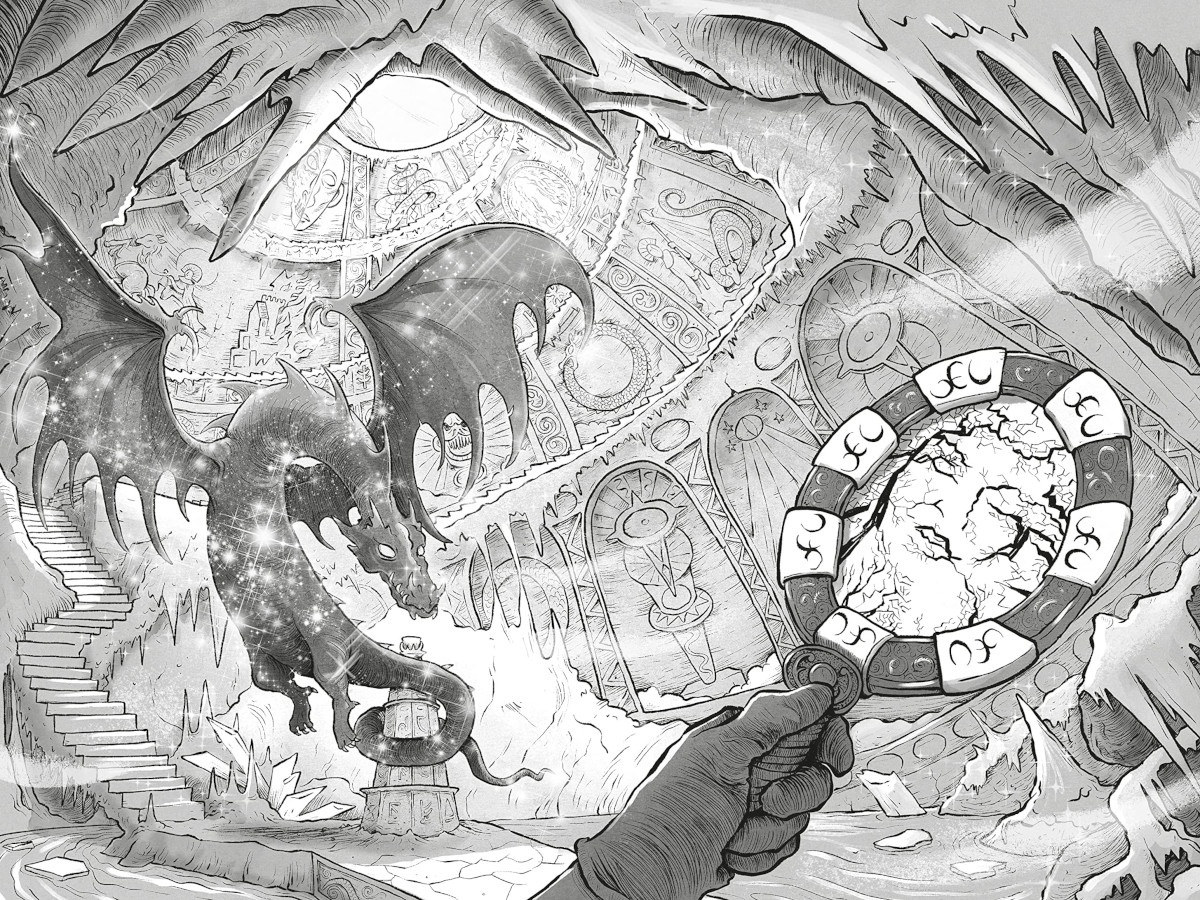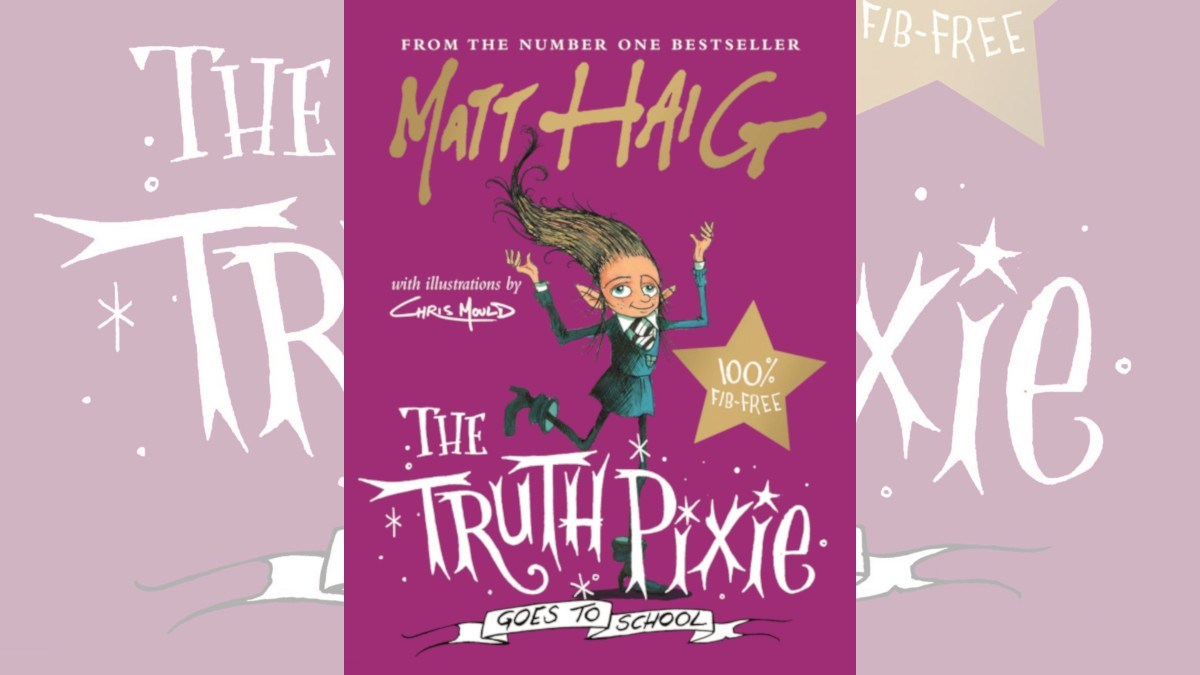Curse Breaker has been sitting on my review pile for far too long. It’s an “adventure gamebook,” the like of which is why I’m sitting here writing these words now. My entry to geekdom was via Steve Jackson and Ian Livingstone’s Fighting Fantasy books. Curse Breaker is a direct descendant of these books and with additional tricks like picture puzzles and a far more elegant combat system, it’s well worth a look.
What Is Curse Breaker?
“Choose Your Own Adventure” style books have been perennial favorites amongst geeks for 40 years now. (This year is the 40th anniversary of the aforementioned Fighting Fantasy series). The books were many people’s first introduction to multiple-pathway storytelling and then D&D and other RPGs. With the burgeoning popularity of D&D and the ease of access to digital alternatives, the book format of gaming is perhaps a niche interest these days, yet it can still serve up some enticing fantasy adventures.
In Curse Breaker the story opens with a prison break. Wrongfully arrested, you wake to discover that your cell door is open and its guardian unconscious, you slip out into the prison and head off to clear your name and find out what shenanigans are behind your incarceration.
There are a number of innovative features to Curse Breaker, the most immediately obvious being the puzzle illustrations (created by Tom Knight). The book contains 10 picture puzzles. The solutions to these puzzles are a number. Solve it and you can progress. Fail to do so, whilst there is always a “failure” page number given, the outcome will be less favorable and may hinder your progress. The picture puzzles come in a variety of forms and may involve changing the angle of the page, holding it up to a mirror, or deciphering some written clues and marrying them with what you can see in the picture. It’s a great addition to tested format.
Characterization is added via your abilities. There are four of these, Athleticism, Sixth Sense, Endurance, and Skill. Each starts with a value of 3 points and you can choose one ability to increase to 4. As you progress through the book, you get to choose which stat to boost. Some tests only use certain abilities. Do you max out on a stat to be super in one area, or do you try to keep a balance, so that nothing is easy, but no task becomes impossible? The choice is yours!
Combat is elegant too. Each adversary has a number of combat points, whilst you start the game with 12 Life points (which remains the absolute maximum). If you drop to zero life points you die. If you reduce your adversary to zero combat points you win. To spice combat up, each fight has a time limit. You only have a certain number of rounds to defeat the enemy (which you’re given for each combat). When attacking you roll 2 standard D6. Before rolling, you choose whether you want to aim to do 1 point of combat damage, in which case you only need to roll 7+ or 3 points of combat damage, in which case you need to roll 9+. With a time limit, taking the 7+ option might take too long to win out. If you fail to roll your chosen target, then you take damage. Each enemy has a stated amount of damage dealt, and this is subtracted from your life points each time you fail. Aiming for that 9+ is not without its risks.
Combat is intuitive and doesn’t outstay its welcome. Arguably it’s a moot point of course, because who actually does the combats in these games?!
If you don’t have dice to hand, in the book, there’s a handy quick links webpage that has a dice roller and a downloadable/printable character sheet and log book. Curse Breaker may be an old-school CYOA but that doesn’t mean it can’t have mod cons!
Why Read Curse Breaker?
Like the Fighting Fantasy books did for me 40 years ago, Curse Breaker can capture the imagination of young readers today. Opening them up to a world of multi-pathway adventures. SciFi and Fantasy have many more access points today than they did in the 1980s and D&D is far more prominent in the cultural landscape, nevertheless, books like Curse Breaker will still fire imaginations and invite young readers to see beyond the conventions of a typical novel.
Readers who perhaps struggle to identify with characters in typical novels might be able to engage more, by putting themselves at the heart of the story. The ability to control the narrative in the book you are reading is still an exciting prospect. How you develop your character in the book has direct consequences to the outcome of the story.
I’m absolutely sure there will be much cheating with dice rolls, and countless uses of the “five-fingered bookmark,” but that surely is the point? Being a hero is about being a strong as you can be, winning all the fights, and never making a bad decision. Or at least it is when you’re ten.
The storyline in the book is great, the puzzles and decisions that need to made, interesting. If you want to give your child to have that Fighting Fantasy experience, with a more up-to-date feel. Curse Breaker is the book for you!
If you’d like to pick up a copy of Curse Breaker you can do so here, in the US and here, in the UK.
If you enjoyed this review check out my other book reviews, here.
Disclosure: I received a copy Curse Breaker in order to write this review.





